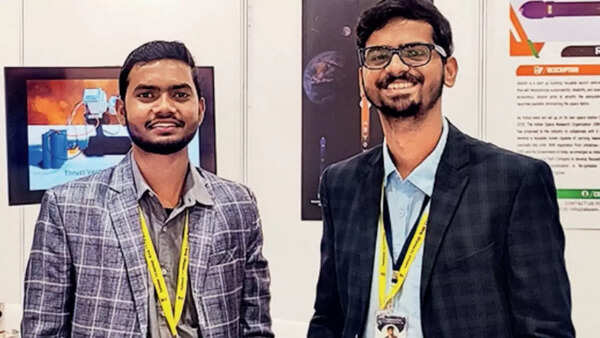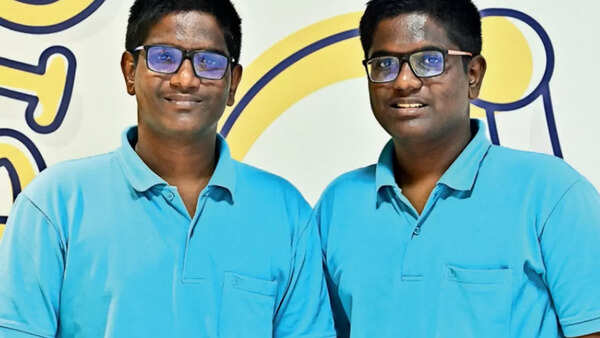Madurai-based twins Raman and Lakshmanan found a young girl in their locality with a congenital hearing impairment. To treat her, the girl’s parents had to sell their ancestral property. The money they received could treat the little girl for only a month. The brothers were then studying electronics and communication engineering from a college in Madurai. And they were trying to build a ventilator with scrap material. But when they saw the girl’s condition, they decided to use their expertise to develop an ear implant. They succeeded in developing a non-invasive hearing implant to treat congenital hearing loss. It costs Rs 80,000, compared to the many lakhs of rupees that need to be spent to use conventional implants. They created the first prototype in their backyard, so they called their venture Backyard Creators.
Backyard Creators is one of seven winners of this year’s Boeing University Innovation Leadership and Development (BUILD) grant. The aircraft builder launched the programme in 2019 to sup – port early-stage startup entrepreneurs in India. The winners were selected based on how well they thought of customer segmentation, whether the ideas have a disruptive advantage, and their readiness to go to market.
This year, 1,200 ideas were presented, which is the highest number since the launch of the grant. Each startup gets Rs 10 lakh to get the product to market. Two of the other winners – dVerse Technologies and Abyom SpaceTech and Defence – also started with the goal of bringing down costs for the end user. While dVerse is working to sell educational tablets to the blind at Rs 34,000, Abyom is working with the objective of drastically bringing down the cost of launching a rocket.
Starting early
Like in the case of Raman and Lakshmanan, the founders of these other ventures also conceptualised their ideas when they were students. Krishna Thiruvengadam of dVerse is creating a tablet for the blind. Krishna had been observing that blind children had to omit 30-40% of the questions in a math or science examination. He felt that even smart classes don’t work well for the visually impaired. He began working on his product as a part of the thesis he had to do for his Master’s degree in the Netherlands.

Jainul Abedin and Pranchal Gupta, founders of Abyom SpaceTech and Defence
Jainul Abedin of Abyom dreamt of flying a rocket when he was a 10th grader. The idea matured from there as he got mentors from ISRO to guide him. In search of strategic partners, the startup came to Hyderabad where it is currently based. Jainul’s idea was to use the testing facilities provided by BITS Pilani, Hyderabad.
The Technologies
Abyom is making reusable rockets using the vertical landing, vertical takeoff mechanism. The goal is to refurbish 10% of the rocket after every use and launch the vehicle once again. Refurbishment takes one month, Jainul says.
Their use of liquid oxygen and liquified natural gas in their motors also aids reuse. Abyom expects to make its rockets operational in the next two years.

Raman and Lakshmanan, founders of Backyard Creators
For Raman and Lakshmanan, while bringing down cost was the initial idea, the comfort of the patient became an important focus as they researched more on the topic. Unlike other implants, where a magnet is inserted into the patient, their product works on sensory stimulation technology. The product, which comes with a charger and is placed on the back of the ear, emits electric waves that touch the nerves and stimulate them, helping the patient to hear.
“A magnetic implant restricts the patient from getting MRIs done, or try adventure sports. With our device, there’s no such problems,” says Raman. dVerse’s objective was to also reduce a blind person’s reliance on braille. The tablet has a conversational user inter – face. The student can access content on the internet, as well as NCERT course books, by giving voice commands. “One of the USPs is it can be used by those who don’t read braille well. Imagine using your computer with only Alexa, without any mouse or keyboard. It’s like that,” Krishna says.
The instrument also tracks the user’s fingers with computer vision algorithms as they explore a diagram by touching, and gives audio labels and readout of concept descriptions. The tablet comes without a screen and can be connected to a laptop. Any material downloaded from the internet is processed by the tablet and is converted to a dot sequence. When the user touches the dots, an audio message is generated.




